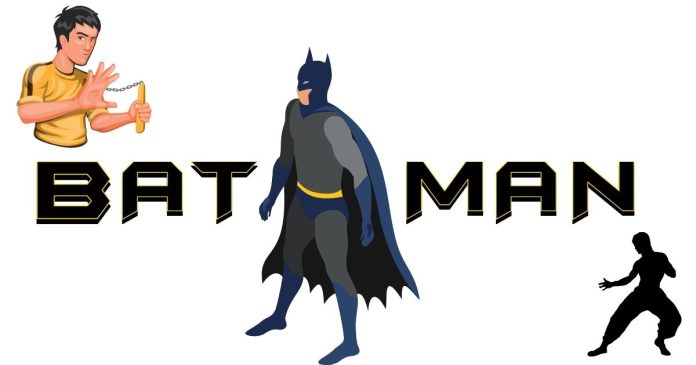This question might seem like a fun play on words, but it dives into one of the most compelling dualities in comic book history. Is Bruce Wayne just a man who happens to don the Batman cowl, or is Batman the true identity with Bruce Wayne as the mask? Let’s explore the character’s psychology, history, and philosophy to find the answer.
The Origin of Bruce Wayne and Batman
Bruce Wayne, the billionaire orphan of Gotham City, first appeared in Detective Comics #27 in 1939. As a child, Bruce witnessed the tragic murder of his parents, Thomas and Martha Wayne, in a random mugging. This event became the catalyst for his transformation into Batman. Fueled by a desire for justice and vengeance, Bruce dedicated his life to training his mind and body to fight crime, eventually adopting the persona of Batman.
Batman is Bruce Wayne’s creation, a symbol of fear to criminals and hope to the innocent. However, over time, the distinction between Bruce Wayne and Batman blurs.
Bruce Wayne: The Man Behind the Mask
On the surface, Bruce Wayne is a charming billionaire philanthropist who runs Wayne Enterprises. This persona, however, is often portrayed as a facade. To the public, Bruce is a playboy with little interest in serious matters. This allows him to divert attention from his nighttime activities as Gotham’s Dark Knight.
In many interpretations, Bruce Wayne struggles to maintain his “normal” life. Relationships, friendships, and even his own well-being are often sacrificed in service of Batman’s mission. This raises the question: Is Bruce Wayne simply a cover for Batman to function in society?
Batman: The True Identity?
For Bruce, Batman isn’t just a disguise—it’s a purpose. The Batman persona allows him to channel his trauma and guilt into action. As Batman, he can be the protector of Gotham, the force that ensures no one else suffers the same loss he did as a child. Many fans and creators argue that Batman is the “real” identity, and Bruce Wayne is the mask he wears to operate in the world.
In Batman: Mask of the Phantasm, Bruce famously says, “This is my real face,” while wearing the cowl, suggesting that Batman is his true self. Similarly, in Christopher Nolan’s The Dark Knight trilogy, Bruce struggles to see a life beyond Batman, even stating, “Batman has no limits.”
Why the Duality Matters
The tension between Bruce Wayne and Batman is central to the character’s complexity. Unlike other superheroes who maintain a clear separation between their personal and heroic identities (like Clark Kent and Superman), Bruce and Batman are intertwined. This duality creates rich storytelling opportunities, exploring themes like identity, morality, and the impact of trauma.
Philosophical Perspective
Is Bruce Wayne a man pretending to be a hero, or is Batman a hero pretending to be a man? This debate often comes down to interpretation:
- Bruce Wayne First: In this view, Bruce is a man grappling with his humanity, using Batman as a tool to fulfill his mission.
- Batman First: Others argue that Bruce has given himself over completely to his mission, making Batman his primary identity. Bruce Wayne exists only to fund and justify Batman’s actions.
So, is Bruce Wayne Batman, or is Batman Bruce Wayne? The answer lies somewhere in the middle. Bruce Wayne is the man who became Batman, but over time, Batman has become the driving force of his life. For Bruce, being Batman isn’t just a role—it’s his essence. At the same time, Batman wouldn’t exist without Bruce Wayne’s intellect, resources, and humanity.
In the end, Bruce Wayne and Batman are two sides of the same coin, forever linked and inseparable. Whether you see Bruce as the man behind the mask or Batman as the soul behind the billionaire, this duality is what makes the character so enduring and fascinating.


